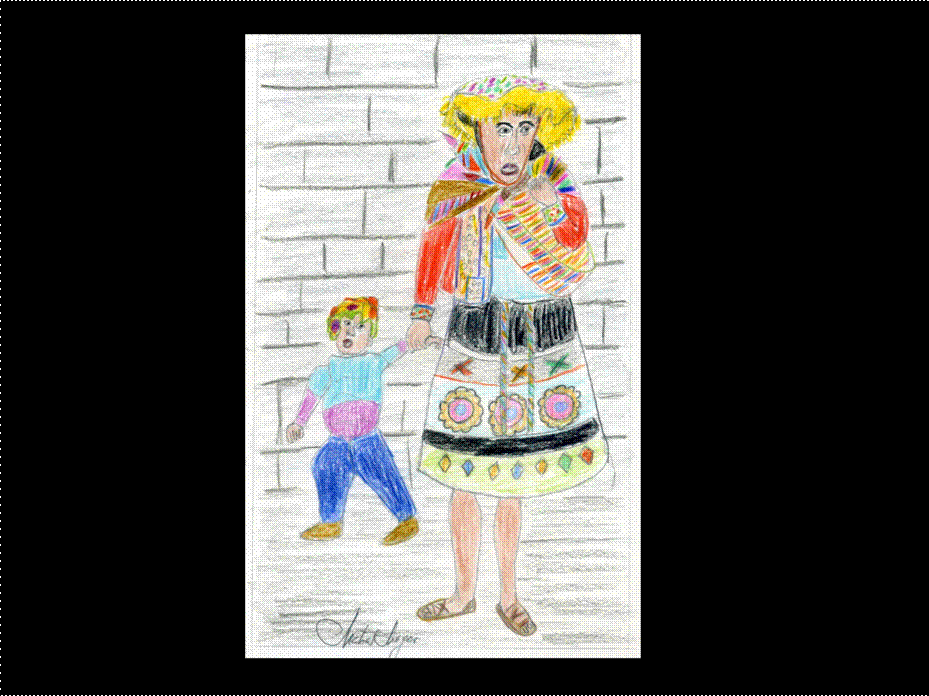This entry was posted on sábado, marzo 15th, 2014 at 19:07 and is filed under Etnopaisaje, Mis Dibujos. You can follow any responses to this entry through the RSS 2.0 feed. You can leave a response, or trackback from your own site.

.Científicos, a un paso de clonar el primer mamut de la historia.Scientists, a step to clone the first mammoth of the history
…………………..
Científicos, a un paso de clonar el primer mamut de la historia
…….
……
Scientists, a step to clone the first mammoth of the history
…….
…..
….
…
Etnopaisae.com + dibujos
….
…
….
.
Al investigar los restos de un mamut antiguo, los investigadores hallaron sangre líquida bien preservada y lograron secuenciar su ADN. Ahora confirman que son capaces de clonar un mamut por primera vez en la historia
………….
…….
Los restos del mamut que vivió en el norte de Rusia hace 43.000 años se preservaron sorprendentemente bien, mejor que un cadáver 6 meses después de ser enterrado, afirmó uno de los jefes de los investigadores, Victoria Egórova. Gracias a ello, por primera vez se hallaron eritrocitos de esta especie extinta
……
….
Los datos que obtuvimos nos permiten hacer la clonación de un mamut. Sin embargo, ya será un mamut diferente al que vivió hace 43.000 años», dice Rádik Jairúlin, vicepresidente de la Asociación de Antropólogos Médicos de Rusia. Explicó que para la clonación sería necesaria una hembra de elefante, y eso quiere decir que la cría clonada será un híbrido.
……
………..
Además los científicos están buscando la respuesta a la pregunta ¿Por qué se conservó tan bien el mamut? La explicación más evidente son las condiciones climáticas muy frías, que mantuvieron al mamut congelado durante todo este tiempo. Pero al mismo tiempo los investigadores creen que la sangre del mamut podían tener algunas características crioprotectoras especiales que le permitían sobrevivir a un frío de hasta -60 grados Celsius.
……………..
El mamut fue hallado el año pasado en Islas de Nueva Siberia por una expedición de la Universidad Federal Noroeste de Rusia y atrajo mucho interés por parte de los científicos internacionales.
…….
…
To investigate the remains of an ancient mammoth, researchers found well-preserved liquid blood and were able to sequence their DNA. Now confirm that they are able to clone a mammoth for the first time in history
………..
……….
The remains of mammoth that lived in the North of Russia, 43,000 years ago were preserved remarkably well, better than a corpse 6 months after being buried, he said one of the researchers, Victoria Egorova. As a result, for the first time red blood cells of this extinct species were found
…….
………….
The data that we obtained allow us to do the cloning of a mammoth. However, already will be a mammoth different from the one experienced in 43,000 years ago,»said Rádik Jairúlin, Vice President of the Association of medical anthropologists of Russia. He explained that cloning would be necessary a female elephant, and that means that the cloned breeding will be a hybrid.
……..
…….
Moreover the scientists are looking for the answer to the question why was the mammoth as well preserved? The most obvious explanation are very cold weather conditions, which kept the mammoth frozen during this time. But at the same time, the researchers believe that the blood of the mammoth could have some features special crioprotectoras that enabled him to survive a cold up to – 60 degrees Celsius.
………….
…………..
The mammoth was found last year in the new Siberian Islands by an expedition of the Northwestern University Federal of Russia and attracted much interest by international scientists.
…………………..